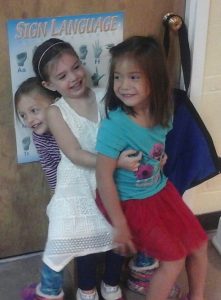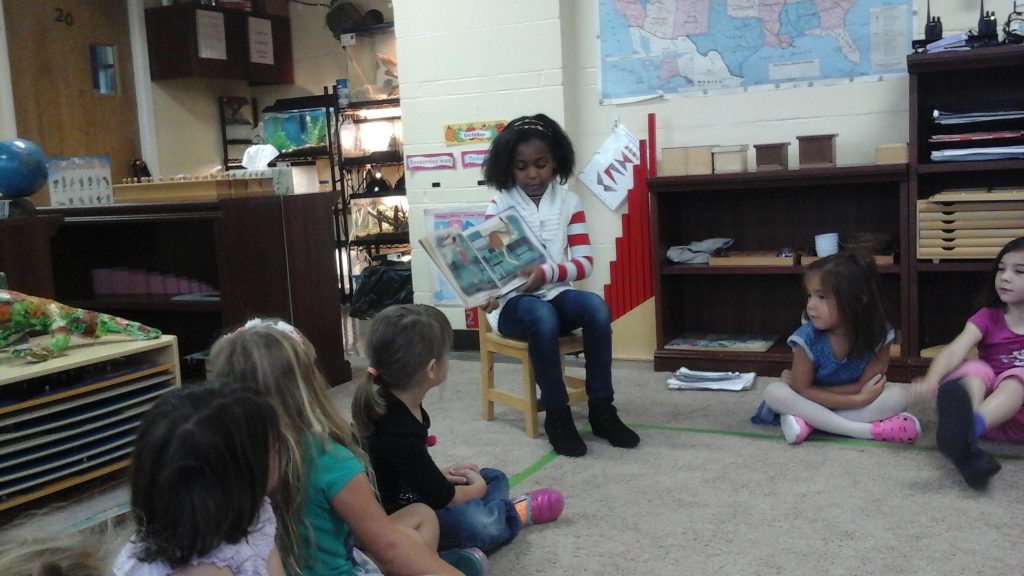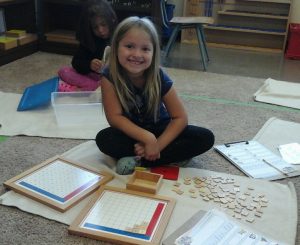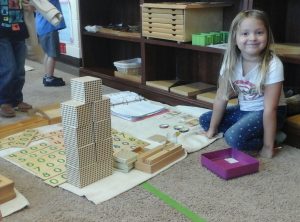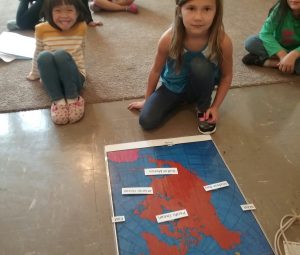Weekly Theme:
This week we looked at the Amphibian. We talked about how the Amphibians are vertebrates, cold blooded, their skin is soft and moist, and they are born from jelly eggs. Some examples of Amphibians are toads, frogs, and salamanders. We learned that the term amphibian means of two worlds. Amphibians are born in the water but live their life on land. The children enjoyed getting a closer look at our toads, Stiv and Darby and the Pac Man Frog, En Esch.
Cultural Subjects:
Our students can count to ten in 10 different languages (English, Sign Language, Latin, Spanish, German, French, Greek, Japanese, Arabic with the Lebanese dialect, Italian)
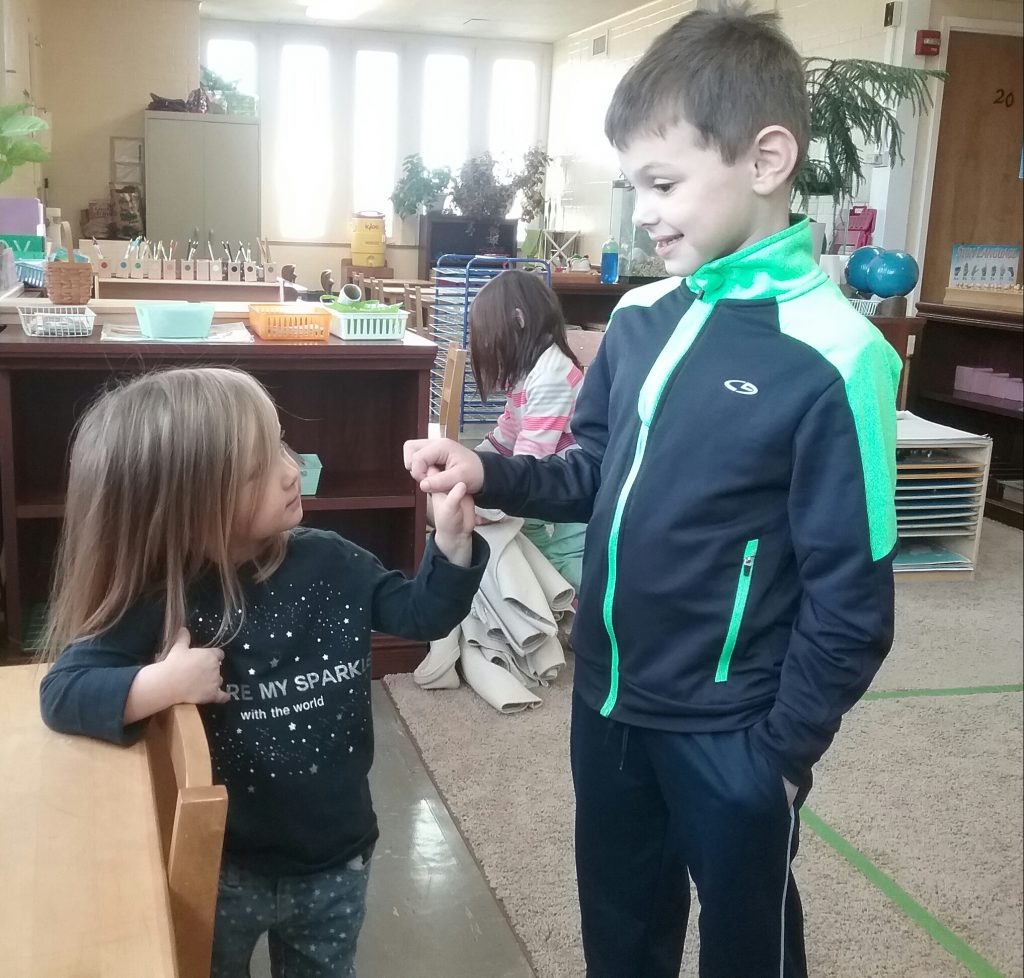




Sneak Peek Into Next Week:
We will be learning about Fish, the characteristics and examples of.
Letter Of The Week:
I i
Rhyming Word Of The Week:
bin
Upcoming Events:
Hallowed Party: Friday, October, 27 2017
Parent Education: Wednesday, October, 25 2017



